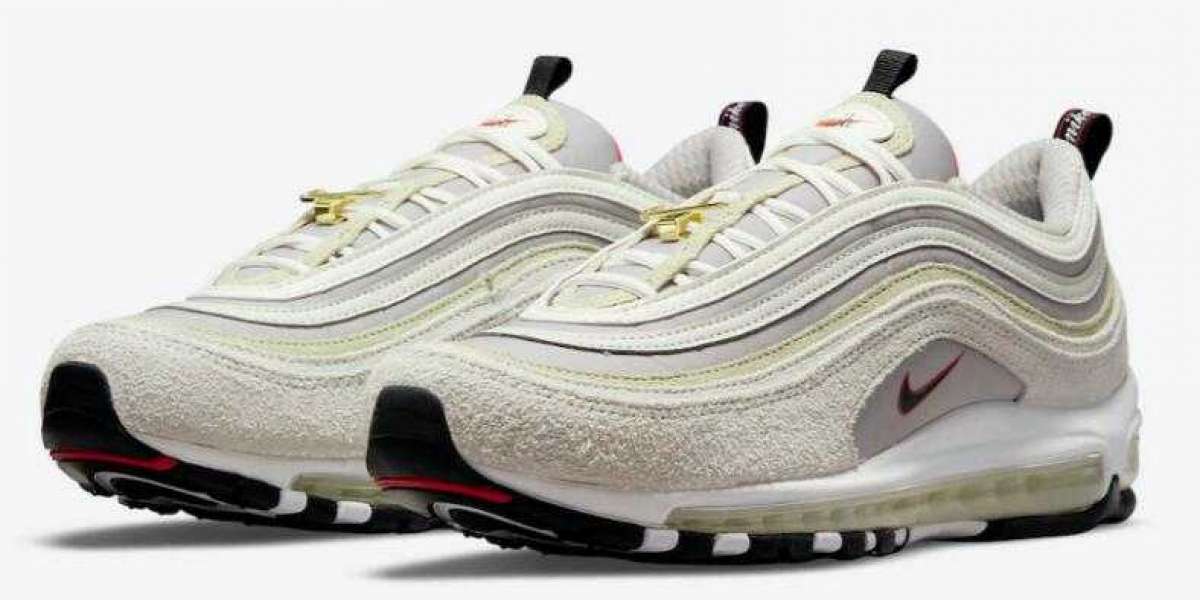What is Parts Stripping?
Parts strippingrefers to the process of removing paint, coatings, and rust from automotive parts to prepare them for refinishing or repair. This step is crucial for ensuring that new paint or finishes adhere properly to the surface and for assessing the underlying condition of the components. By understanding the importance of parts stripping, you can achieve a more professional and durable finish on your automotive projects.
Why is Parts Stripping Important?
There are several reasons why parts stripping is an important part of automotive restoration:
- Surface Preparation: Properly stripped parts provide a clean surface for painting or coating, ensuring better adhesion and a longer-lasting finish.
- Rust Removal: Stripping away old coatings can reveal hidden rust or damage that needs to be addressed before refinishing.
- Cost Efficiency: Stripping parts yourself can save money on professional services and allow you to take control of your restoration project.
- Customization: By stripping parts, you can modify or customize them before applying a new finish, resulting in a unique look for your vehicle.
Methods of Parts Stripping
There are several methods available for parts stripping, each with its own advantages and disadvantages. Here are some of the most common techniques:
- Chemical Stripping
Chemical strippers are solvents that dissolve paint and coatings. This method is popular due to its effectiveness and ability to reach intricate areas. However, chemical stripping can be hazardous and requires proper safety measures, including gloves and respiratory protection.
- Media Blasting
Media blasting, or sandblasting, uses compressed air to propel abrasive materials at the surface of the part. This method is efficient for removing rust and old coatings and can reach tight spaces. However, it requires specialized equipment and should be done in a controlled environment to minimize dust and debris.
- Mechanical Stripping
Mechanical stripping involves using tools such as sanders, grinders, or wire brushes to physically remove paint and coatings. This method can be labor-intensive but is effective for small areas or detailed work. Proper technique is essential to avoid damaging the underlying material.
- Heat Stripping
Heat stripping uses heat guns to soften paint and coatings, allowing them to be scraped away. This method is less harsh on the underlying material but can be time-consuming and requires careful handling to avoid overheating.
Tips for Successful Parts Stripping
To ensure that your parts stripping process is effective and safe, consider the following tips
- Safety First
Always wear appropriate personal protective equipment (PPE) when stripping parts. This includes gloves, goggles, and a mask to protect against harmful chemicals or dust.
- Choose the Right Method
Select the stripping method that best suits the part and your skill level. Each technique has its own learning curve, so it's essential to understand the requirements of each before starting.
- Prepare the Area
Ensure you have a well-ventilated workspace, especially when using chemical strippers or media blasting. Lay down protective coverings to catch debris and prevent contamination.
- Test a Small Area
Before committing to a full strip, test your chosen method on a small, inconspicuous area of the part. This will allow you to gauge its effectiveness and see how the material reacts.
- Inspect the Part
After parts stripping, thoroughly inspect the component for any remaining paint, rust, or damage. Address any issues before moving on to refinishing or repair.
Conclusion
Parts stripping is a crucial step in the automotive restoration process that can greatly impact the final outcome of your project. By understanding the various methods available and implementing best practices, you can achieve a clean and professional finish on your vehicle. Whether you are a seasoned professional or a DIY enthusiast, mastering the art of parts stripping will enhance your skills and improve the quality of your automotive work.



